How to Plan the Ideal Garden Layout and Maximize Your Space
- Freda Garacho
- Feb 3
- 6 min read
Winter may seem like a time where you can’t do much gardening, however these very cold months are the perfect time to plan for the upcoming gardening season! Going in with a plan before you break through the soil allows you maximize your time and space planting all the flowers, vegetables, and fruits you’ve been wanting. Whether you have a large backyard or a small balcony, planning out what you want to plant, where you are going to plant, and when you are going to plant will help you maximize your garden space.
As a first-time gardener myself, I will follow along with you! Be sure to follow our Instagram page where you will get to see the behind the scenes on my gardening journey!

In this article, you will learn:
Assess Your Space and Garden Goals

First things first, you need to assess your current garden space. Do you have a large backyard dedicated to growing your plants? Do you have a balcony and are only using containers to grow your vegetables? Or do you have a windowsill in your kitchen you are using to grow your herbs? It is important to evaluate how much space you have for your garden, as it could affect the plant’s growth.
The next step is to write out your garden goals. Setting them will give you a clear direction on how to plan for your garden space. As a first-time gardener, my garden goal for this year is to create an herb garden, so I can have herbs ready for when I cook!
Here are other key questions you can ask yourself:
What is your garden’s primary purpose?
What type of garden are you interested in?
How much time can you dedicate to gardening each week?
Are you aiming for a low-maintenance or high-maintenance garden?
Do you want to implement sustainable practices to your garden?
In addition to your current garden space, it is important to consider the climate and sunlight exposure it receives, since it is very important for plant growth. Choosing a space that brings in a lot of light and humidity will benefit your garden, however if your space lacks these features, there is equipment available that will mimic these natural elements.
Choosing the Right Garden Design Layout
After you have set your garden goals, it’s time to choose the right garden layout that works well with your space. Choosing the right layout will help you get to your goals faster and easier. Below are the different types of design layouts to consider based on your garden’s size:
Design Layout For Backyards
Raised Garden Beds and In-ground Garden Beds
Over the years, raised garden beds have gained popularity mainly because of their health benefits. Gardening can be strenuous on the body – from joint pains to back aches, which is discouraging over time. Incorporating raised garden beds into your garden layout would avoid those physical impacts, giving you the freedom to garden with minimal pain.
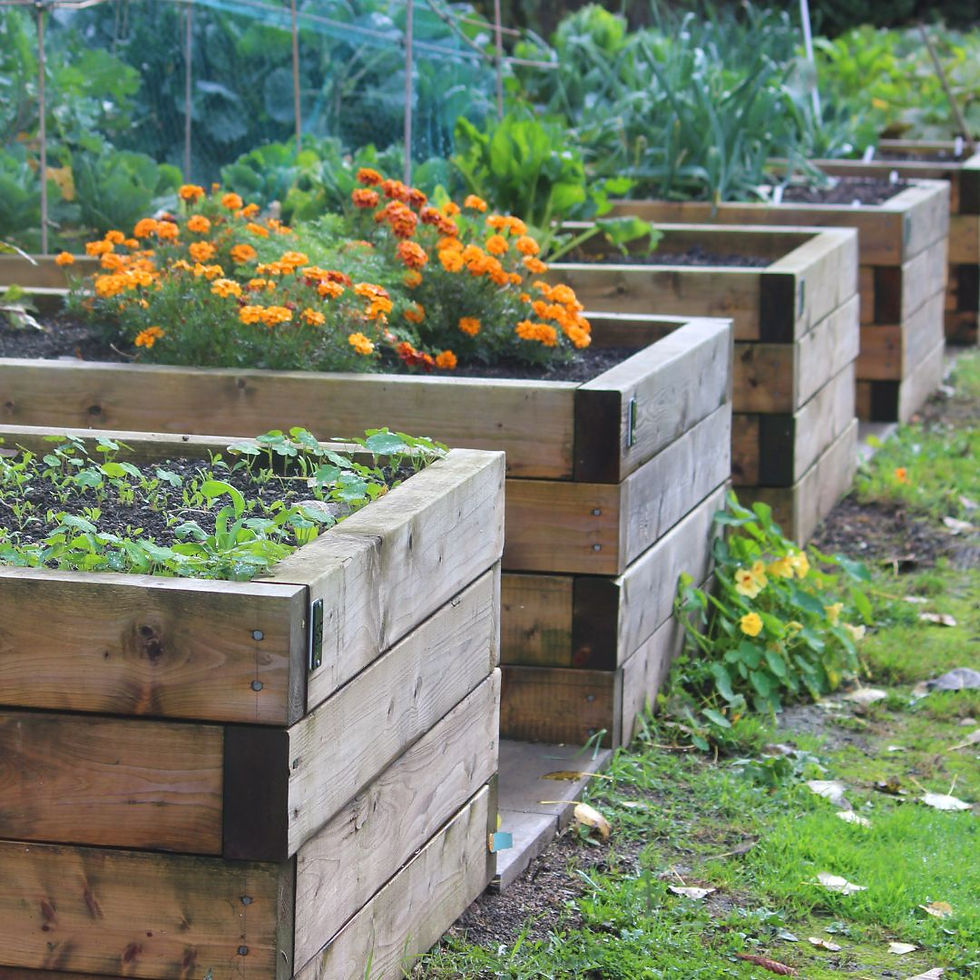
Raised garden beds are also beneficial to your plants. Preparing the area with a solid base underneath the soil would help create proper drainage for your plants. A few examples to include as the base of the raised bed are tree branches, cardboard boxes, leaves, and other organic materials. Since the raised bed adds height to your garden, you will also find a lack of weeds and an increase in animal prevention.
In comparison, in-ground garden beds have the natural elements a garden needs to thrive; however, they are more prone to diseases and pests if not tended properly.
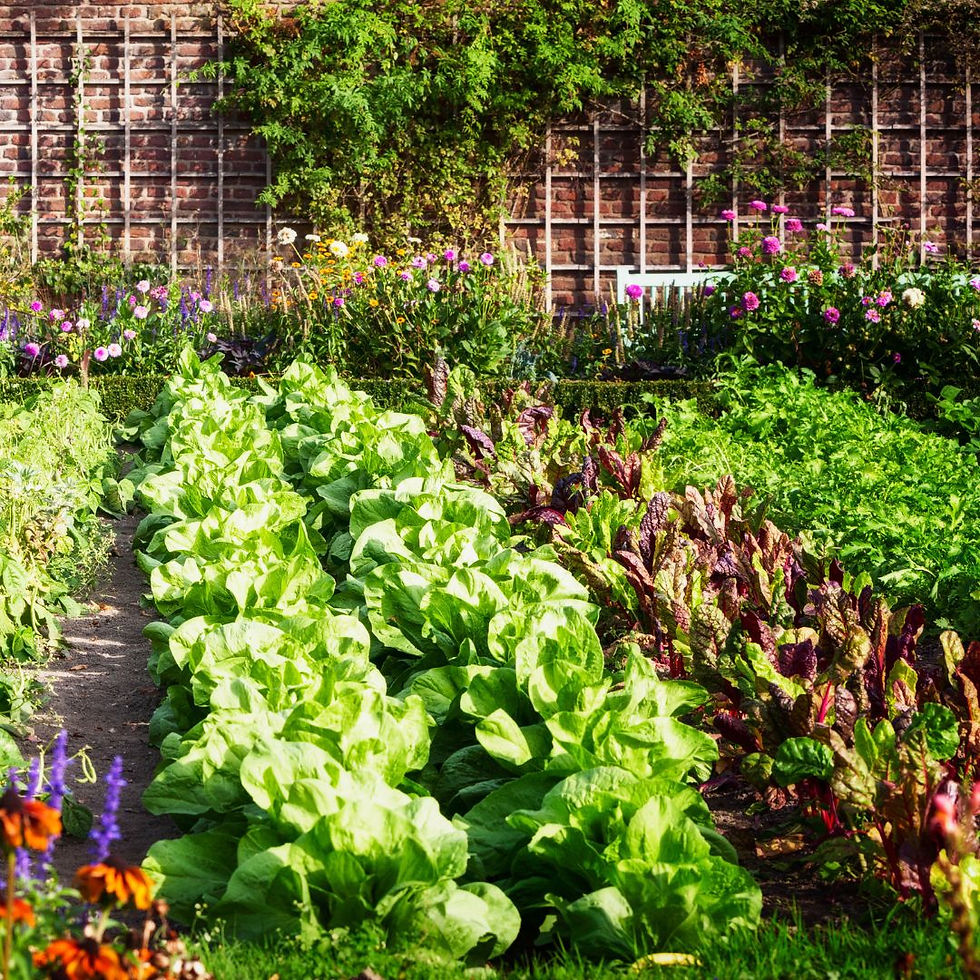
The main benefit is that it is very inexpensive to start one in your grassy backyard! Be sure to add extra soil enriched with fertilizer and added drainage to create the perfect environment for your plants. The great thing about choosing either type of garden bed is the option of adding more to really maximize your space. Organizing each bed with a different plant within the same family or companion planting will really utilize the growing season.
Design Layouts for Balconies and Smaller Spaces
Having a small space shouldn’t stop you from gardening! Utilizing your space is key to gardening, so if you can’t grow on the ground, it’s time to consider growing upwards!
Vertical Garden
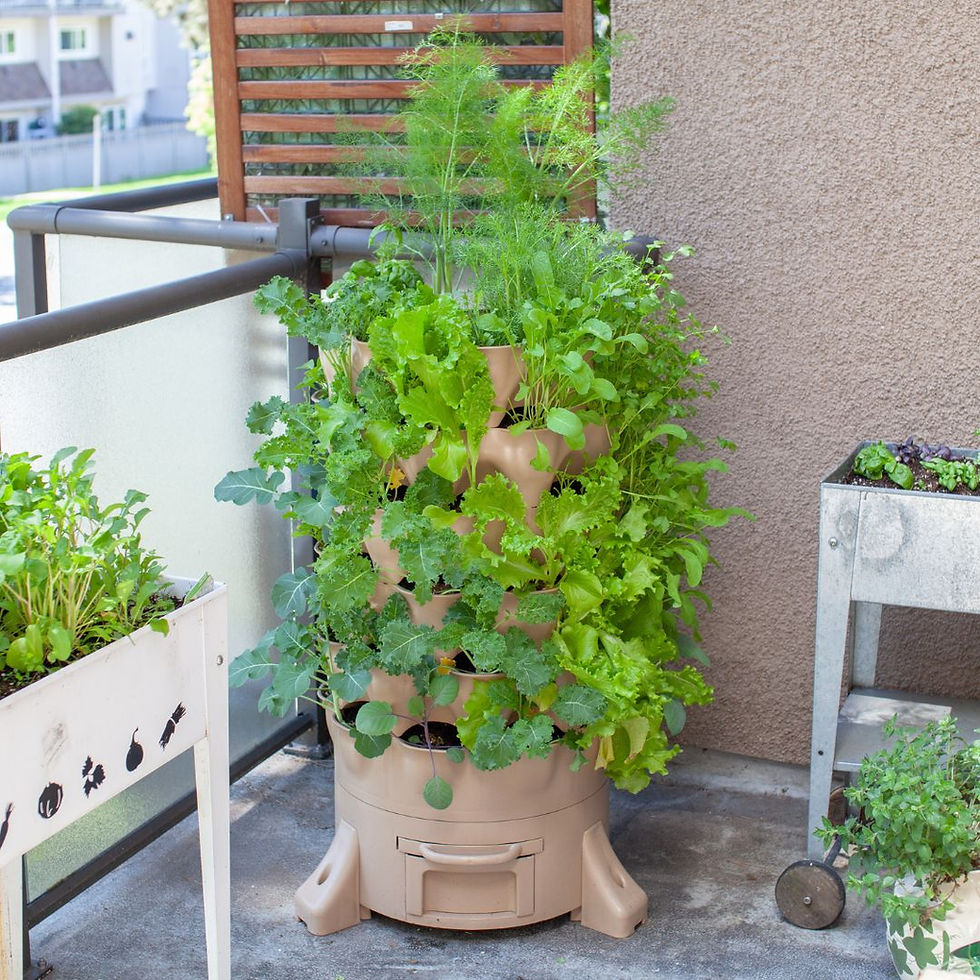
Vertical gardening is one of the best ways to save space for gardening and is also a way to enhance the health of your plants. Growing plants vertically can help to reduce pests and diseases and increase airflow. There are also many techniques you can use to achieve the vertical garden effect. It is important to refer to your garden goals before you invest in any of the following equipment:
Trellises: Easy to make yourself if you have the time, however many garden shops offer them in different sizes.
Hanging Baskets: Ensure you have enough wall space to hang your baskets!
Plant Towers: This innovative option depends on the reliability of the equipment. Make sure you do your research on how tall they offer the equipment
Container Garden
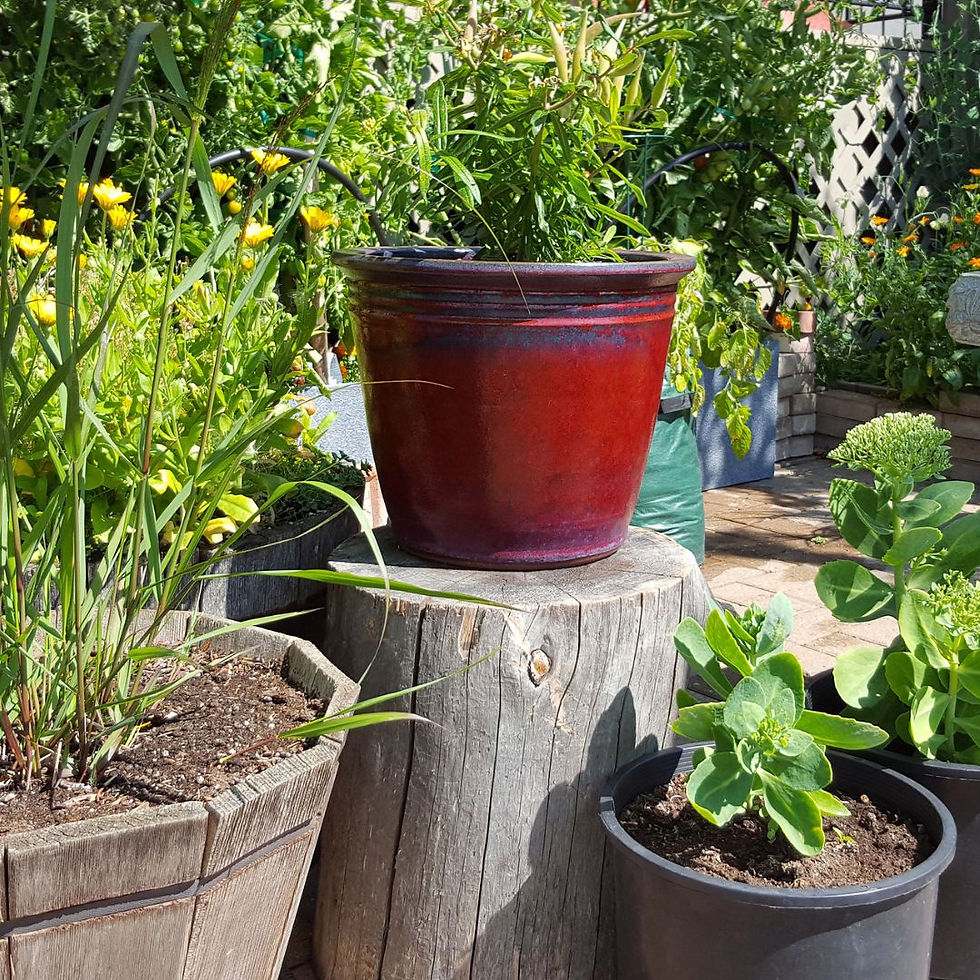
Container gardening sort of acts like a portable raised bed, only it focuses on planting 1-2 plants per container. One of the great benefits of this garden layout is that you can move your container to an area where it receives optimal lighting or offers more humidity.
Whether you want easy access, maintenance, an aesthetic appeal, or all of the above, having the right garden design will help you use the maximum space your space offers and reach your garden goals.
Plan Plant Placement Based on Growth Habits
Now comes the difficult part: planning the placement for your plants. It could get overwhelming to decide what to plant and where it should be planted. Understanding the size and growth patterns will help tremendously in your garden journey.
Some growth patterns to consider are:
Tall plants (tomatoes, cucumbers, beans)
Low-growing plants (bell peppers, lettuce, garlic)
Spreading plants (potatoes, herbs, squash)
Companion Planting
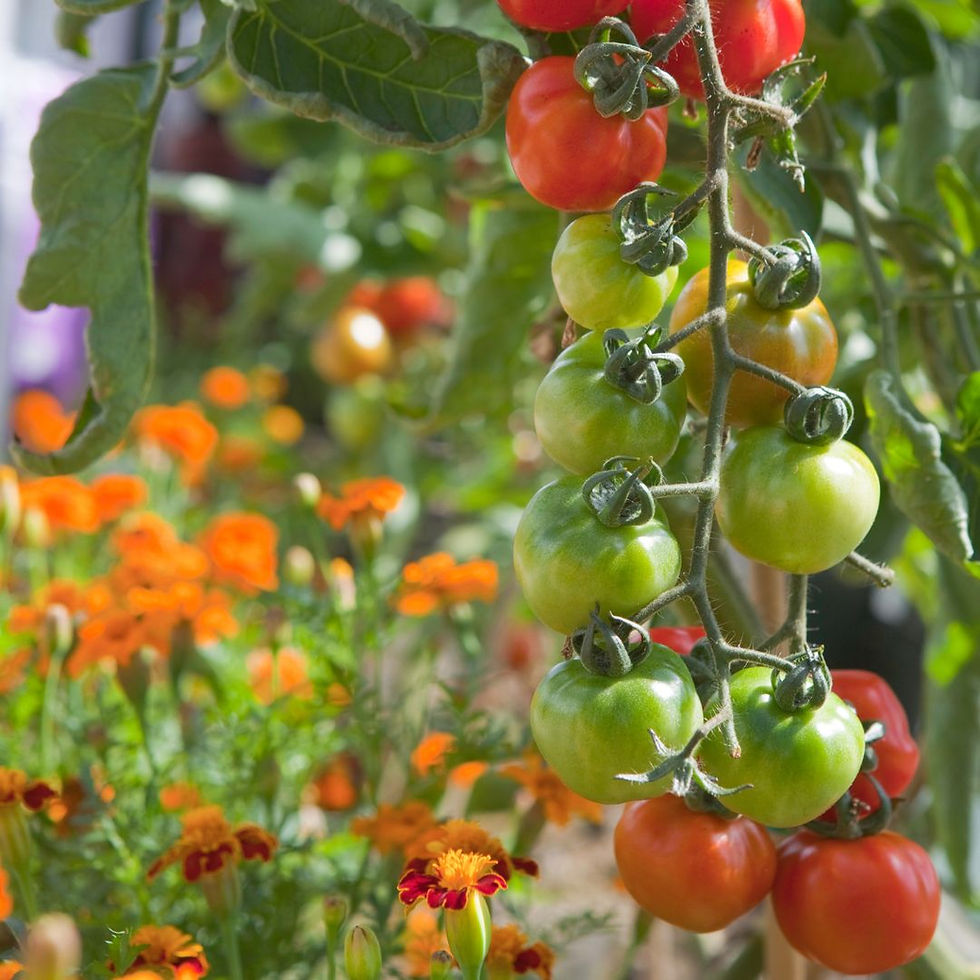
Companion planting is an option to help with optimizing your garden space. Knowing which plants grow well together makes planning easy, can improve plant health, and maximizes yield! To learn more about this topic, read our blog post here.
Spacing
Another factor to keep in mind is spacing your plants. You may think the more you grow, the better, however it’s important to avoid overcrowding because this could negatively impact the plant’s health. The lack of air circulation could attract moisture and pests which create diseases. Plants that grow below the ground like carrots and garlic would need ample space due to their complex root systems.
These space-saving techniques are a great way to enhance efficiency in all garden sizes, especially small ones.
Understanding Soil Health and Incorporating Organic Fertilizer to Your Garden Design Layout Planning

Maintaining your garden layout throughout the season means having healthy soil. You are likely to repurpose your containers and beds with new vegetation as one grows out since it is already packed with a lot of organic nutrients. Creating healthy soil comes from the natural elements from the soil food web, as well as the fertilizers you include. Using compost, manure, and organic fertilizer such as our own biofertilizer improves soil fertility and structure. These additives for your soil help plants grow stronger, faster, and more resilient, making it easier to utilize space efficiently.
Before you start planting, it is important to set up your soil for success. Mixing in our biofertilizer into the soil first will add extra nutrients for the roots to thrive.
Conclusion and Grow with Nurture Growth Biofertilizer
Starting your garden doesn’t have to be intimidating! Setting your garden goals and planning the layout of your garden space will help you become a better gardener. It’s important to know that gardening is a waiting game. Start small and gradually expand your garden. Consider using our biofertilizer to improve your soil health and increase your garden’s productivity!

Author Biography

Freda is a Toronto-based social media and digital marketer. New to the plant world, she is looking forward to learning all the tips and tricks on how to keep her plant babies thriving! If she's not walking her maltipoo Leo, you can find her practicing yoga or enjoying live music.













Comments